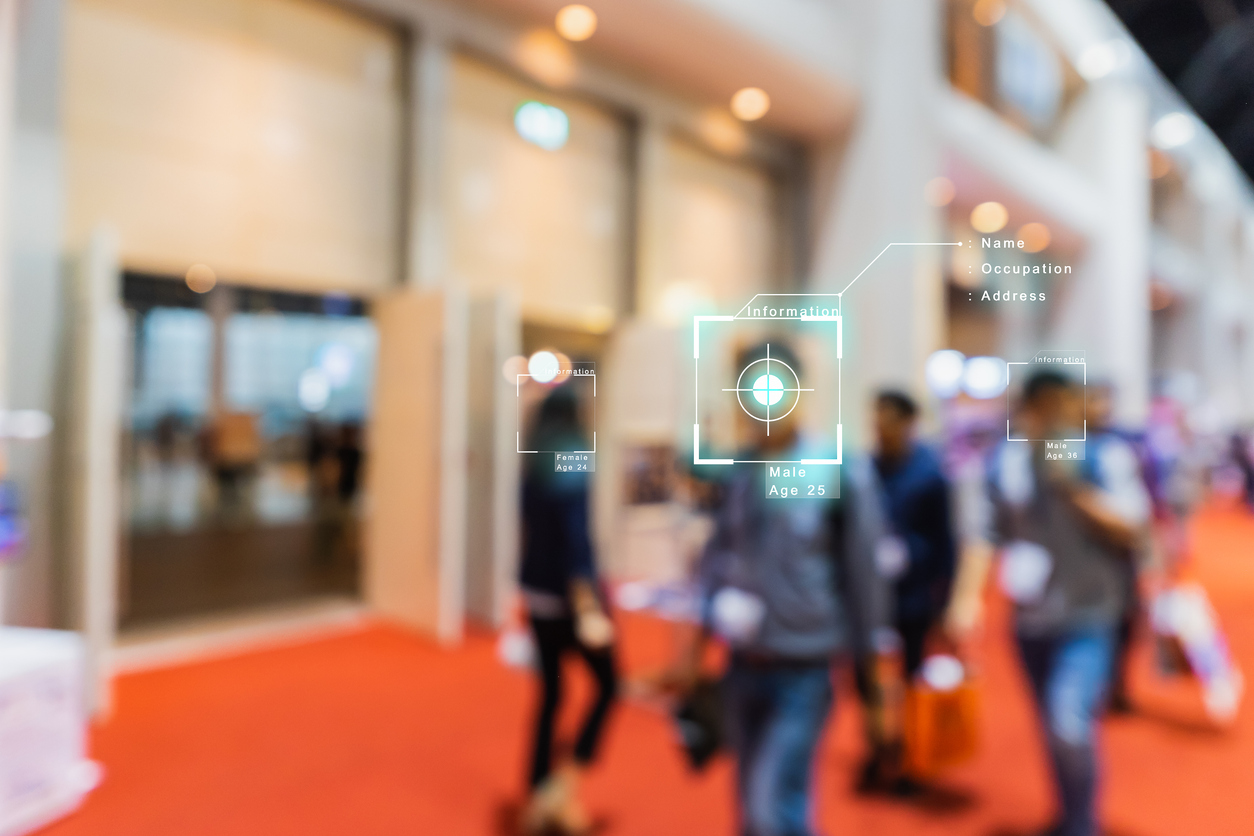Working on a Project?
We'll help you find the perfect product and service package for your needs. Speak to a specialist today for immediate assistance.
305-885-2656 Hablamos Español
CONTACT US
2025 is coming to an end. Here is how smart end-of-year security planning can help businesses strengthen protection, reduce risks,...
Retail is evolving, and commercial display solutions now sit at the center of this transformation, redefining communication and operations across...
Digital signage has become a powerful tool for transforming customer experiences in real time. Discover how the right strategy can...
We'll help you find the perfect product and service package for your needs. Speak to a specialist today for immediate assistance.
305-885-2656 Hablamos Español
CONTACT US